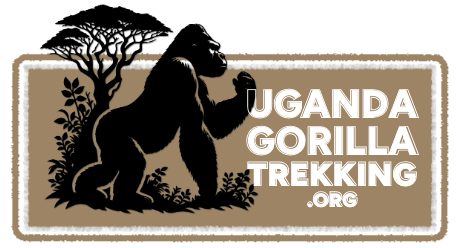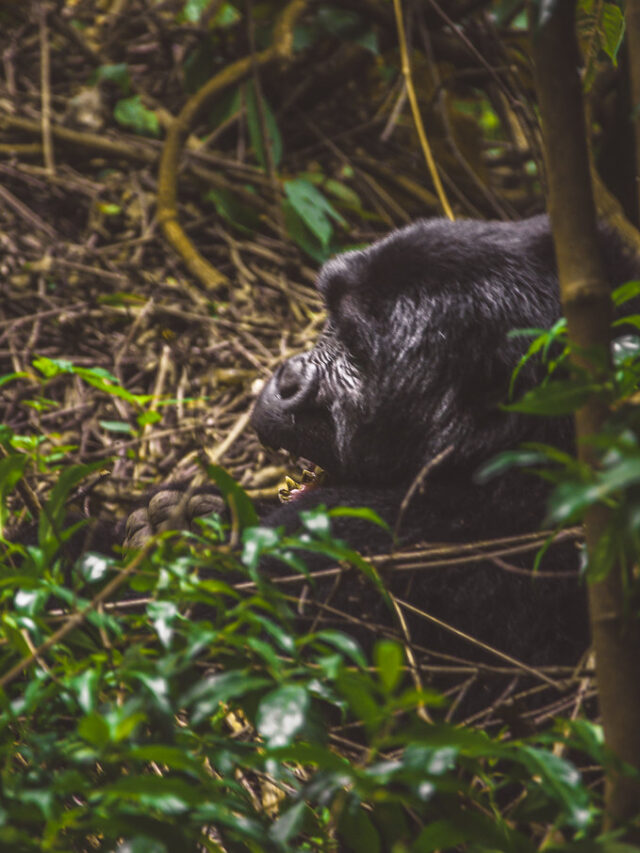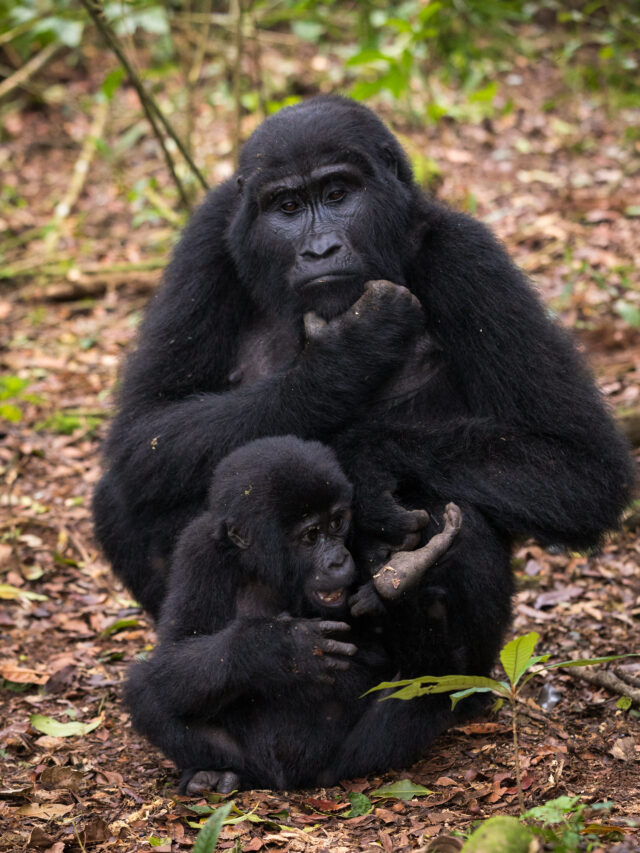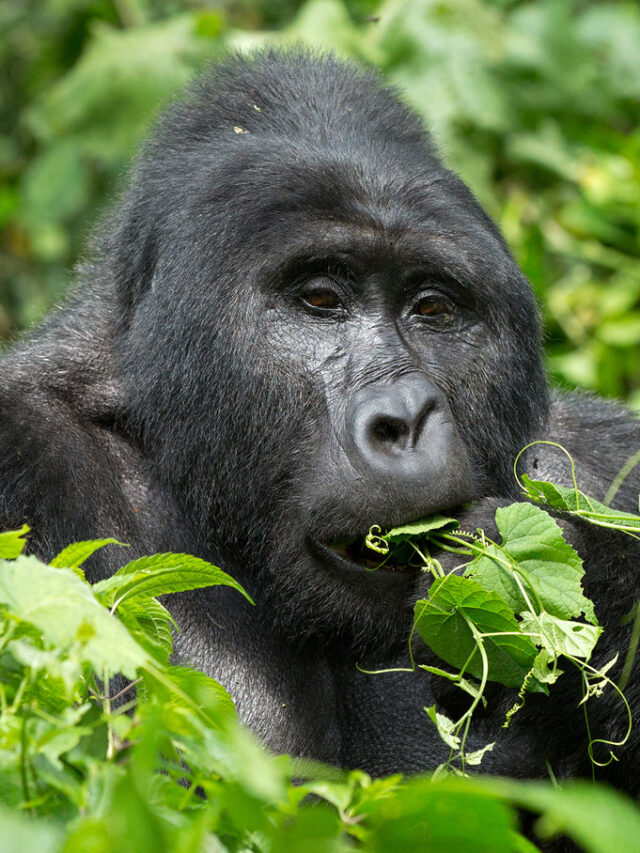Blackback Gorilla Size: The Overlooked Power of Gorilla Adolescence
When we think of gorillas, the image that dominates our minds is often that of the massive silverback—the iconic adult male whose silver saddle and commanding presence mark him as the leader of a troop. But what about the blackback? Who is he, and how does he fit into the story of size, strength, and social dynamics in a gorilla group? The blackback gorilla, often passed over in popular imagination, plays a critical transitional role between juvenile development and mature dominance. And in terms of physical size, he is anything but insignificant.
The Definition of a Blackback: More Than Just a Phase
A blackback gorilla is a male mountain gorilla aged roughly between 8 and 12 years. At this stage, he has outgrown the juvenile status but has not yet reached full maturity to become a silverback. What separates him from his older counterpart is the absence of the silver hair on his back and a slightly less developed musculature. However, this doesn’t mean he’s small or weak. In fact, blackbacks are already large and powerful animals—often stronger than adult humans by several magnitudes—and are physically maturing rapidly every year.
During this time, a blackback’s body is in a kind of muscular adolescence. His shoulders are broadening, his chest is deepening, and his arms continue to grow longer and thicker. Although he lacks the full body mass and dominant frame of a silverback, he is already becoming an imposing figure in the forest.
In fact, many blackbacks stand (Blackback Gorilla Size) between 4.5 to 5 feet tall when upright, and weigh anywhere between 150 to 220 kilograms (330 to 485 pounds)—a size comparable to some adult male lions and far larger than most adult men.
Bone Structure and Muscle Density: Built for Power
One of the most fascinating aspects of blackback size is not just their weight or height, but the density of their physical build. Gorilla bones are thicker and denser than human bones, and their muscles are designed for short bursts of incredible strength—think climbing steep jungle terrain, breaking through thick vegetation, or carrying food and even other gorillas. A blackback, despite being in a transitional stage, already possesses much of this raw physical power.
Their arms alone can be over two and a half times the length of their legs, built for knuckle-walking, climbing, and tree navigation. Even at the blackback stage, gorillas have been known to move logs, pull down branches, and exhibit displays of strength that suggest their bodies are not only large, but supremely functional. Their body fat percentage remains low, keeping their bulk muscular rather than bloated. This is a body built through daily survival in the forest—not gym workouts, but a life of natural motion.
Emotional Weight and Social Presence
Beyond the physical measurements, blackbacks carry a unique emotional and psychological weight within the gorilla troop. Often overshadowed by the silverback’s dominance, the blackback plays the role of a quiet observer, a brother, an uncle, a guardian-in-training. His physical size gives him authority among younger gorillas and allows him to practice social displays of leadership—mock charges, chest beats, and protective positioning—without yet being a threat to the silverback.
Some blackbacks stay in the troop as loyal second males, helping defend the group and care for younger gorillas. Others eventually leave to form their own families. But in either path, their physical readiness is a key part of their transition. Their growing size signals not just maturity, but the possibility of leadership, dominance, and legacy.
When Does a Blackback Become a Silverback?
The transition from blackback to silverback doesn’t happen overnight. It is gradual, both physically and behaviorally. As testosterone levels rise, the blackback’s back begins to gray, muscles become even more developed, and his presence within the group becomes more assertive. By the age of 12 or 13, a blackback who is destined to become a leader may challenge an aging silverback or leave to form a new troop. At this point, his full silver hair emerges, and his size may now exceed 180 to 220 kilograms (400 to 485 pounds), depending on his environment and health.
Incredibly, even at the blackback stage, gorillas may already be nearing their full height—usually between 5.25 to 5.6 feet tall (1.6 to 1.7 meters) when standing upright. But their body will continue to fill out in mass, especially in the chest and arms, for several more years.
Why the Size of Blackbacks Matters in Conservation and Tourism
For travelers and conservationists visiting Uganda’s Bwindi Impenetrable Forest or Mgahinga Gorilla National Park, understanding the blackback’s role and physical stature can be a deeply enriching part of the experience. Tourists are often surprised when their guides point out that the large, powerful gorilla off to the side—perhaps not the troop’s leader—is actually a blackback. He may not yet command the group, but his size and silent watchfulness are unmistakable.
Knowing that this massive, brooding figure is still “growing up” adds a new layer of awe and respect to gorilla trekking experiences. It challenges our assumptions about maturity, dominance, and the meaning of strength in the animal kingdom. Blackbacks are not simply waiting for their moment—they are already part of the pulse of their forest home.











